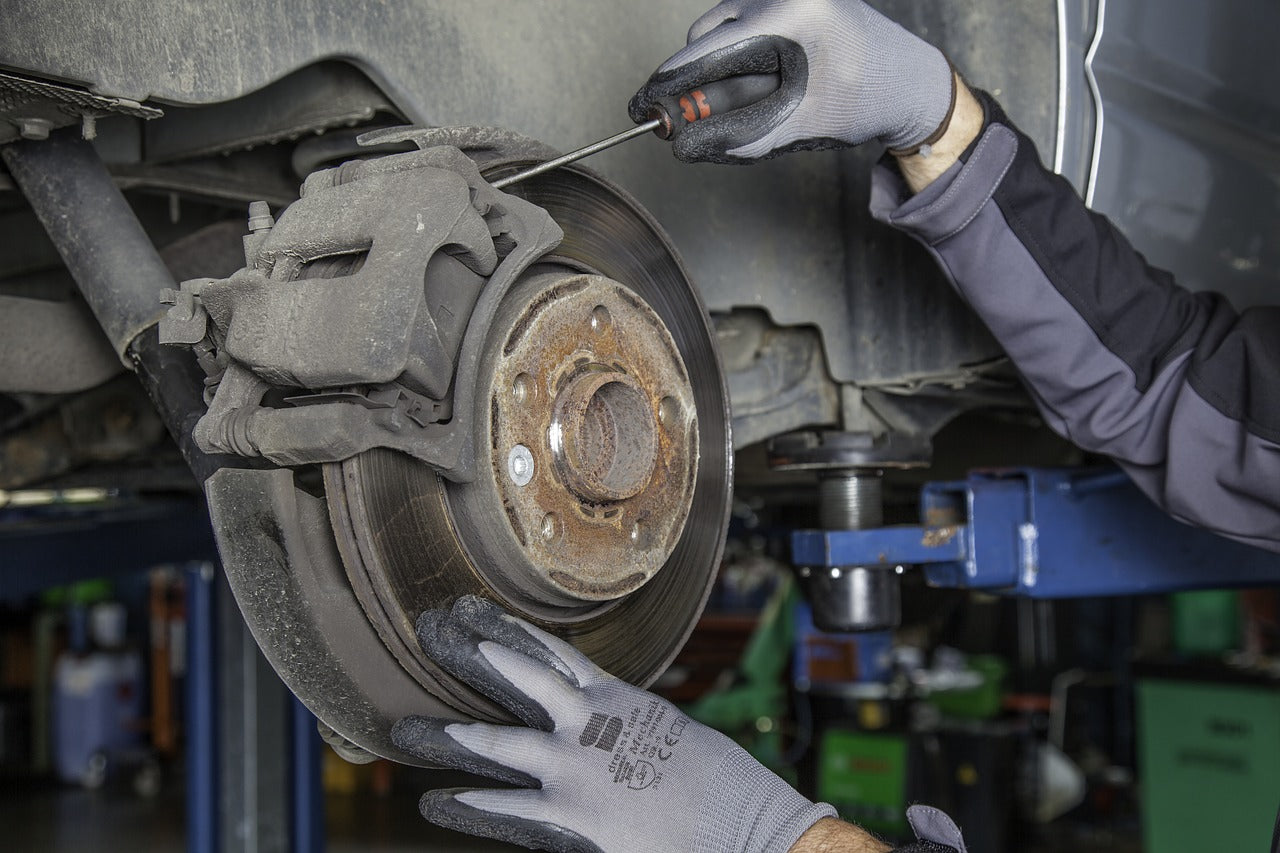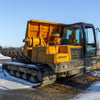How to perform a risk assessment at your automotive business

If you work in an automotive repair or maintenance business, you’ll be very aware that your place of work can be considered a high-risk environment. Failure to carry out detailed risk assessments can lead to severe injury or worse. Carrying out regular and thorough risk assessments allows you to mitigate against the dangers posed and put adequate protections in place for your staff members. Some risks are obvious, such as cars falling from jacks or hoists and some are less obvious, for example, the dangers of breathing in toxic fumes without the recommended PPE to protect you. In this article, we will go through the steps you need to take to carry out a risk assessment at your automotive business:
Step 1: Hazard Identification
Identifying potential hazards that could cause harm is a vital safety process in any workplace, regardless of industry. This is especially true in a high-risk environment such as a car manufacturing facility or mechanical workshop. In order to determine the risks, you should:
- Check the manufacturer’s instructions or data sheets for any chemicals stored on site. If appropriate, download the relevant COSHH datasheet.
- Walk around the workshop, noting down anything you feel may pose a risk to yourself, a colleague or site visitor.
- Review the accident book to understand what accidents have occurred in the past. Are there discernible patterns in the incidents recorded, such as a recurring injury or recurring place of injury?
- Remember to check everything. Even the less obvious hazards. This includes for example checking PPE is in good usable condition, safely stored and free of any imperfections such as cracks, tears or holes.
Step 2: Review the risks
After identifying the risks present, you should note down who is likely to be harmed by those hazards and how. You should also note down what controls are already in place to prevent that incident from happening. It’s also necessary to consider health an safety protocols in place and double check that they continue to adhere to HSE recommendations. If further preventative measures should be taken, these should also be recorded as part of the risk assessment. Preventive measures could involve changing how you store chemicals or investing in additional items of protective workwear.
Step 3: Put your findings into practice
Once you have identified all the potential risks, you will need to determine who is responsible for implementing the necessary further actions and when those tasks should be completed. When each step is complete you can tick them off in your risk assessment. The risk assessment should be reviewed regularly and form part of the induction process for any new employees.
Step 4: Make all site users aware
You should make sure all of your workers are aware of the risk assessment findings. You can then decide whether to review the risk assessment annually or more frequently to ensure compliance.
Carrying out a risk assessment is a vital task for any automotive business. It will help you to identify any potential hazards in order that no one on your team suffers unnecessary harm.
Don’t forget, you can browse Wearwell’s range of automotive workwear online via our store or contact us to discuss your needs.





